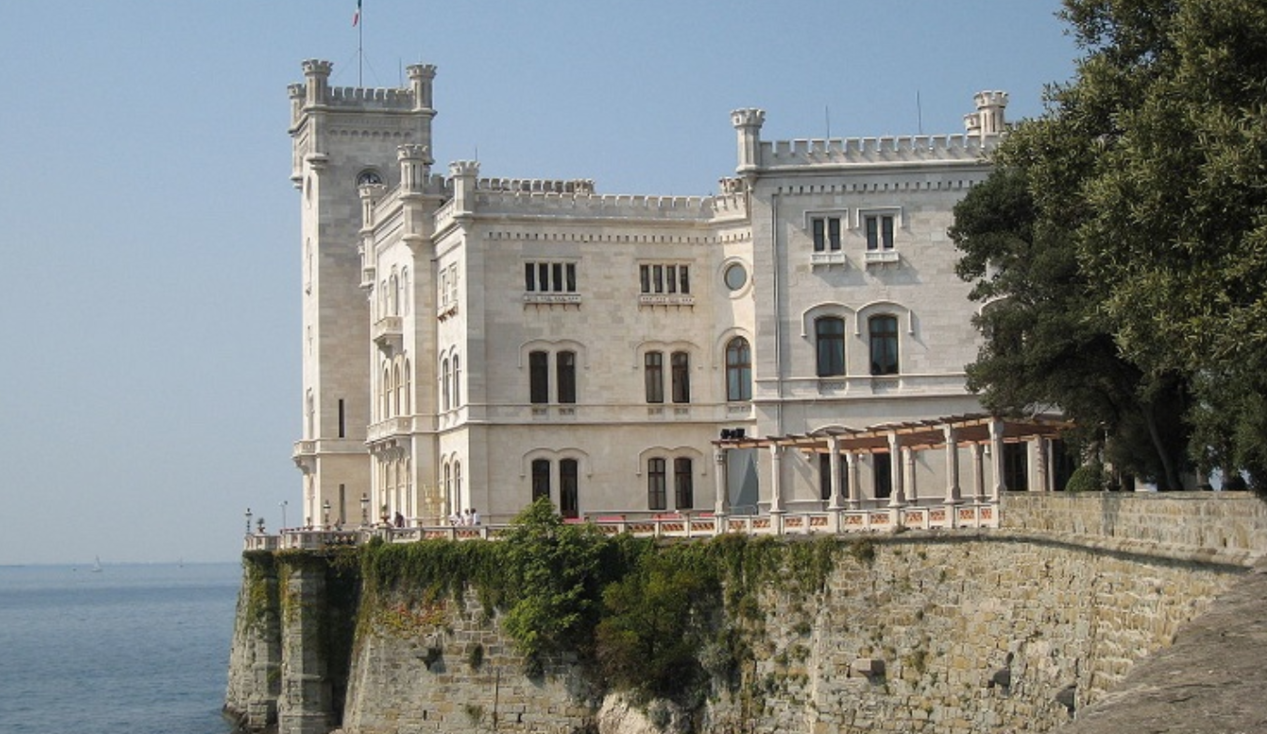Discover Friuli Venezia Giulia
The small but vibrant region is an amalgam of culture and climate. Commanding the borders of Austria and Slovenia, it reveals more than a hint of Slavic influence in its culture and cuisine, broadening our understanding of our “Italian” identity. After just one visit, we found enough mountain vistas, seaside castles, and enchanting wineries to entice us back for a lifetime.
WHAT TO KNOW
As its tri-pronged name suggests, Friuli Venezia Giulia has a storied past with many chapters. Friuli and Venezia Giulia were once distinct and still have unique traditions and separate cultural identities. Ancient ruins determine that the area was first settled by the Roman Empire, but by the sixth century, their paths diverged.
Located to the west, Friuli was most influenced by its hundreds of years as Lombard and Venetian territory; Venezia Giulia was in and out of the Austro-Hungarian empire. For centuries, these areas were completely separate. Finally, in 1963, a treaty was signed and the region was officially joined as part of Italy. Today, it remains among Italy’s few autonomous regions, where local dialects and cuisines bely the dual deeply-rooted cultural identities.
WHERE TO GO
Although small, Friuli Venezia Giulia boasts a host of opportunities, including hiking in the Alps, swimming in the Adriatic, and exploring the ancient cities. And, because it’s less well-known that its sister regions, there are rarely the crowds associated with many Italian trips.
Don’t miss Aquileia, an important settlement from the Roman Empire and a Unesco World Heritage site, or Udine, whose old town has a very modern vibe. But really, we left our hearts in Trieste, the region’s beautiful capital. Located on the sea, the historic port city is known for its Grand Canal, a stretch of water lined by colorful buildings and boats; the Castello Miramare, a beautiful snow-white castle that overlooks the Alps from its perch on the rocky beach; and the stretch of cafes, where the greatest minds of the 19th century stopped to sip bitter drinks and consider their own mortality.
WHAT TO TASTE
Despite its cultural complexity, Friuli Venezia Giulia is known for its simple, genuine ingredients and crisp, floral wines. The region’s cuisine is entirely based on local, humble ingredients: dairy, produce, seafood, and meat. Over the centuries, locals perfected simple recipes and methods; today, these same products are world-renowned and government-protected, including Montasio cheese DOP, Prosciutto di San Daniele DOP, and a dozen DOC and DOCG wine regions.





































i-Italy
Facebook
Google+
This work may not be reproduced, in whole or in part, without prior written permission.
Questo lavoro non può essere riprodotto, in tutto o in parte, senza permesso scritto.